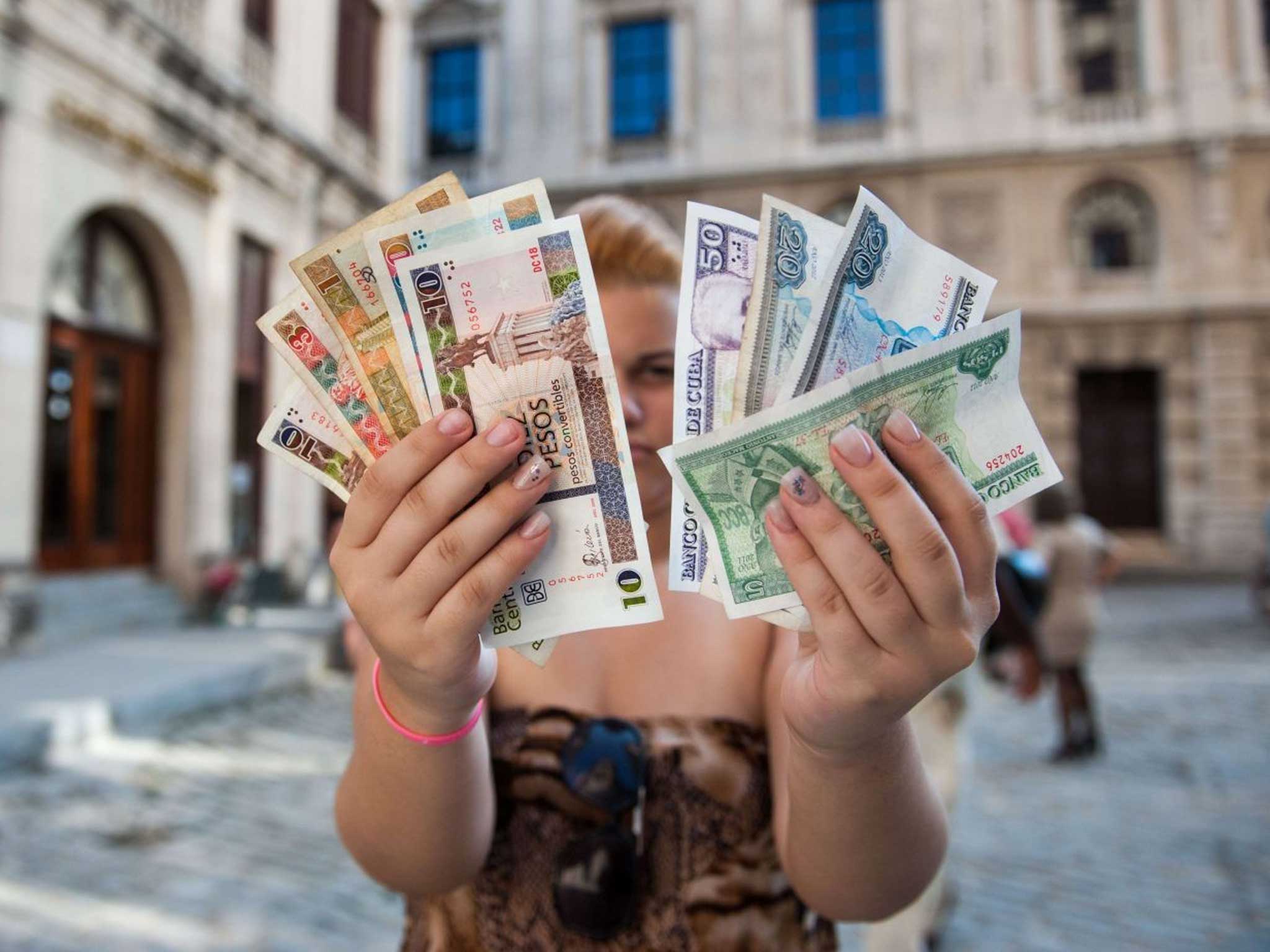Double trouble? Cuba moves to scrap its dual currency system
President Raúl Castro plans to abolish convertible peso in bid to ‘update economic model’

In a rare display of economic reality from the government in Havana, Cuba has announced plans to scrap its own hard currency, the convertible peso.
Cuba’s president Raúl Castro told the nation’s parliament of the plan to eliminate the dual currency, as part of a strategy “to update our economic and social model”.
The country’s official newspaper, Granma, gave more details of the “advance toward monetary unification” – in other words, allowing foreign tourists and businesses to transact exclusively in the island’s basic currency.
Since Fidel Castro and his fellow revolutionaries took power in 1959, Cuba’s financial footing has been shaky – exacerbated by the US economic embargo, which has prevailed for half a century.
The humble peso, known as moneda nacional, maintained a fictitious exchange rate against the US dollar, but in reality continued to slump. To try to maintain control of foreign exchange, a convertible peso was introduced in 1994. It carried the symbol CUC, but was known as a chavito, valued at parity with the American currency.
One effect was to make anyone who worked in the tourist industry, with access to convertible pesos, relatively affluent compared with those who toiled in poorly paid jobs.
Many tourists never handled any local currency. Meanwhile, independent Western travellers were permitted to pay for local transport, food and beer with ordinary pesos. By bringing in undeclared dollars and participating in the thriving black market, which offered a rate up to 10 times better than the official rate, it was possible to travel cheaply. One guidebook advised: “Avoid being lured into a dark alley to change money... check that you’re not being fobbed off with one peso notes, which when grubby are difficult to distinguish from five peso bills.”
Nine years ago, with US-Cuban relations tense, the regime in Havana outlawed dollar transactions, imposing a 10 per cent penalty on any tourist trying to change the currency. The convertible peso prevailed – and, with Cuba’s economy improving, appreciated relative to the dollar.
Today, citizens are entitled to exchange local pesos to the convertible variety at a fixed rate of 25:1. It appears that the authorities have concluded that, since the “ordinary” peso is freely convertible, maintaining a second currency adds unnecessary complexity.
In his speech to deputies, President Castro stressed the need for “majority support of the population,” and rejected European-style austerity. He condemned “the use of shock therapies and the abandonment of millions of persons” – though following the collapse of the Soviet Union in the early 1990s, and the loss of subsidies, Cubans suffered far more than the Irish, Spanish or Greeks have recently endured.
The process of eliminating the dual currency is likely to take over a year.
Tourists are not likely to be able to obtain pesos overseas, but can convert sterling or euros to local currency once on the island. Rafe Stone, product manager for the travel specialist Journey Latin America, said: “Having one collective currency in Cuba will be less confusing for tourists... however, we are also concerned that it could lead to inflated prices which will make life difficult for the majority of ordinary working Cubans.”
Join our commenting forum
Join thought-provoking conversations, follow other Independent readers and see their replies
Comments